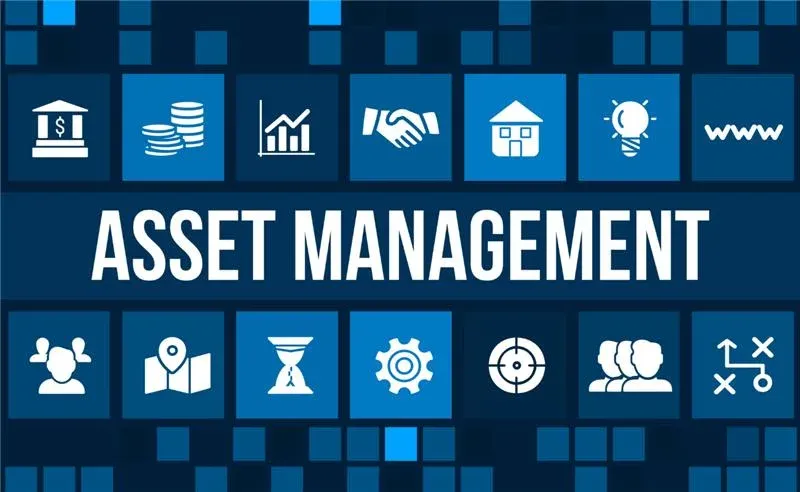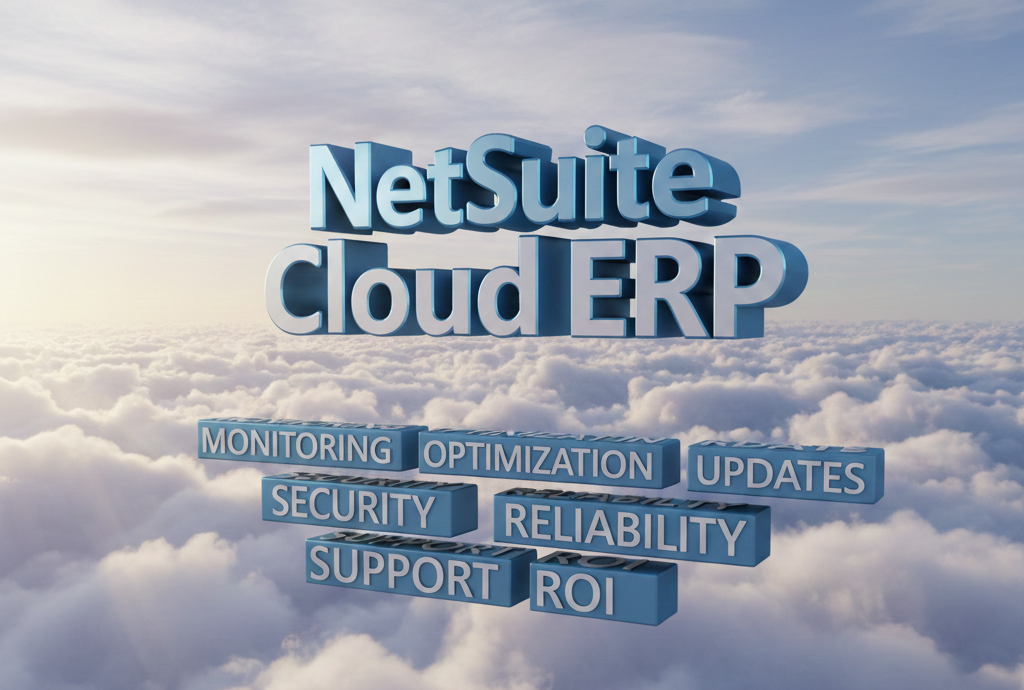In today’s business landscape, growth isn’t just about selling more — it’s about making decisions backed by data, not guesswork. Economic conditions are shifting faster than ever, supply chains are continuing to fluctuate, and customer expectations are evolving monthly. In this environment, companies need to understand not just where they are today, but where they’re headed next.
This is where financial projections and modeling become essential. Organizations that build forward-looking financial plans — supported by real-time data — make faster, smarter, and more profitable decisions. And increasingly, they’re using NetSuite Planning & Budgeting to do it.
What Financial Projections Really Mean for a Growing Business
Financial projections are not just future estimates of revenue and expenses. They are a strategic lens that helps business leaders answer questions like:
- How will rising supplier costs affect margins next quarter?
- What happens to cash flow if we increase hiring?
- Can we afford to expand into a new region this year?
- How quickly can we recover if demand dips?
Modern businesses plan through data, not intuition. Projections enable leaders to run “what-if” scenarios to determine the safest, most profitable path forward. And when projections are based on real-time operational and financial data, they become highly accurate and actionable.
Why Spreadsheets Aren’t Enough Anymore
Most finance teams still begin modeling in Excel. That works — until the business grows.
Common spreadsheet challenges:
| Problem | Impact |
|---|---|
| Manual data imports | Data becomes outdated quickly |
| Formula/version errors | Risk of inaccurate decisions |
| No real-time visibility | Leaders operate blindly during shifts |
| Difficult collaboration | Delays budgeting and forecasting cycles |
The result? Static budgets are outdated the moment they’re completed.
To compete in 2025, organizations are moving toward continuous planning — the ability to update forecasts regularly as the business environment changes. And that requires the right technology.
Where NetSuite Makes the Difference

NetSuite Planning & Budgeting takes financial projections to the next level by integrating:
- ✅ Real-time financial data
- ✅ Operational metrics
- ✅ Workforce plans
- ✅ Scenario and sensitivity modeling
- ✅ AI-driven forecasting
Because it runs directly on the NetSuite ERP platform, it eliminates data silos and guesswork.
Key Benefits for Finance & Leadership Teams
| Capability | Business Impact |
|---|---|
| Real-Time, Connected Data | Everyone plans from the same truth |
| Rolling Forecasts | Adjust plans as conditions shift |
| Driver-Based Planning | Link business drivers directly to financial outcomes |
| Scenario Modeling | Prepare for best, base & worst-case realities |
| Automated Reporting & Dashboards | Faster decision-making & less manual work |
This is not just budgeting automation — it’s financial strategy modernization.
NetSuite 2025 Updates: Even More Power for FP&A Teams
NetSuite continues to evolve with today’s planning challenges. The latest platform enhancements include:
1. AI-Enhanced Forecasting
NetSuite now analyzes historical patterns and current business drivers to generate automated, intelligent forecasts. This significantly improves accuracy and reduces manual modeling time.
2. Industry-Specific Forecasting Dashboards
For example, SaaS, retail, distribution, and manufacturing companies now get pre-built forecasting templates, tuned to industry revenue and cost dynamics.
No more spreadsheet imports. Updated numbers flow throughout the model in real time.
How Organizations Use NetSuite for Financial Projection Success
Scenario Planning
Test market expansion vs. product launch vs. hiring growth — and choose the best ROI path.
Workforce & Compensation Forecasting
Model the financial impact of raises, commissions, or shifts in staffing levels.
Cash Flow Forecasting
Project liquidity and runway based on revenue timing, vendor terms, and capex plans.
Profitability Analysis
Understand which products, regions, or customer segments drive margins — and which drain resources.
The result? Finance becomes a strategic partner — not just a reporting function.
Conclusion: Plan Smarter. React Faster. Grow Confidently.
In a world of uncertainty, the companies that win are the ones that plan and adapt quickly. Financial projections give you foresight — but NetSuite gives you the tools to execute that foresight with confidence.
As a NetSuite Partner, we help businesses:
- Build scalable financial modeling frameworks
- Automate planning, budgeting & forecasting
- Implement NetSuite Planning & Budgeting tailored to their industry
- Train teams for long-term, self-reliant success
If your organization wants to move from static spreadsheets to continuous, data-driven decision-making, we can help you get there.
Frequently Asked Questions
What are financial projections and why do they matter?
Financial projections are estimates of future revenue, expenses, and cash flow based on data-driven models. They help business leaders forecast performance, plan strategically, and make informed decisions about growth, hiring, and investment.
Why are spreadsheets no longer enough for financial forecasting?
Spreadsheets work for small teams but quickly become outdated as businesses scale. They rely on manual data entry, are prone to version errors, and lack real-time visibility—making collaboration and accurate forecasting difficult.
How does NetSuite improve financial projections and modeling?
NetSuite Planning & Budgeting connects real-time financial, operational, and workforce data in one platform. It supports rolling forecasts, driver-based planning, and scenario modeling—giving finance teams the ability to plan continuously and respond faster to change.
What are the key benefits of using NetSuite for financial planning?
NetSuite provides real-time connected data, automated reporting, AI-driven forecasting, and flexible scenario modeling. These capabilities help finance teams align plans with business goals and adapt to market shifts quickly.
What new features were added in NetSuite 2025 for FP&A teams?
The 2025 updates include AI-enhanced forecasting for greater accuracy and industry-specific forecasting dashboards for sectors like SaaS, retail, manufacturing, and distribution. These updates simplify modeling and eliminate spreadsheet imports.
How do businesses use NetSuite for financial projection success?
Companies use NetSuite for scenario planning, cash flow forecasting, workforce and compensation modeling, and profitability analysis. This helps them test growth strategies, manage liquidity, and identify their most profitable areas.
How can a NetSuite Partner help with financial planning and forecasting?
A certified NetSuite Partner helps businesses implement Planning & Budgeting, automate financial modeling, and train teams for long-term success—ensuring accurate, scalable, and self-sufficient financial operations.







